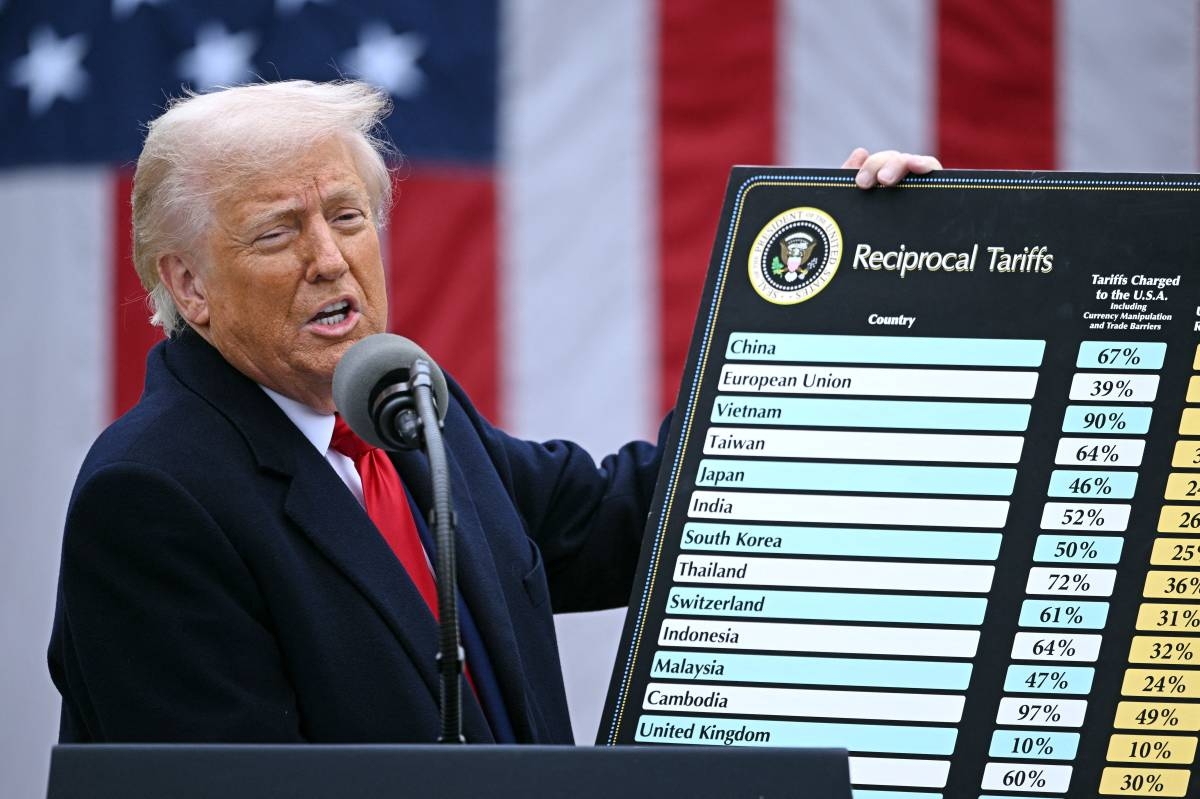
Trump's tariffs have been a hot topic since their introduction. But what exactly are they, and why do they matter? Tariffs are taxes imposed on imported goods, aimed at protecting domestic industries. Under Trump's administration, these tariffs targeted countries like China, Canada, and Mexico, affecting products from steel to electronics. Critics argue they hurt consumers by raising prices, while supporters claim they protect American jobs. Did you know that some tariffs reached as high as 25%? Understanding these tariffs helps us grasp their impact on the economy, international relations, and our daily lives. Let's dive into ten key facts about Trump's tariffs.
Understanding Trump's Tariffs
Tariffs were a significant part of Donald Trump's presidency. They aimed to reshape trade relationships and boost the U.S. economy. Here are some key facts about these tariffs.
-
China Was the Main Target
The tariffs primarily targeted China, aiming to reduce the trade deficit and address unfair trade practices. This move sparked a trade war, impacting global markets. -
Steel and Aluminum Tariffs
In 2018, Trump imposed tariffs on steel (25%) and aluminum (10%) imports. These tariffs aimed to protect American industries from foreign competition. -
Retaliation from Other Countries
Countries like China, Canada, and the European Union retaliated with their own tariffs on American goods. This tit-for-tat strategy affected various industries, including agriculture and manufacturing.
Economic Impact of the Tariffs
The economic consequences of Trump's tariffs were widespread. They influenced prices, jobs, and international trade dynamics.
-
Increased Consumer Prices
Tariffs led to higher prices for consumer goods. Companies passed the increased costs of imported materials onto consumers, affecting everyday items like electronics and clothing. -
Job Market Fluctuations
While tariffs aimed to protect American jobs, they also caused job losses in industries reliant on imported materials. The manufacturing sector saw mixed results, with some jobs saved and others lost. -
Trade Deficit Changes
Despite the tariffs, the U.S. trade deficit with China reached a record high in 2018. This indicated that tariffs alone couldn't solve complex trade imbalances.
Political and Global Reactions
Trump's tariffs didn't just affect the economy; they also had significant political and global repercussions.
-
Strained International Relations
The tariffs strained relationships with key allies. Countries like Canada and the EU expressed frustration, leading to diplomatic tensions. -
World Trade Organization (WTO) Disputes
Several countries filed complaints with the WTO, arguing that the tariffs violated international trade rules. These disputes highlighted the global controversy surrounding Trump's trade policies.
Long-Term Effects and Legacy
The long-term effects of Trump's tariffs continue to be debated. They left a lasting impact on trade policies and international relations.
-
Shift in Supply Chains
Companies began shifting supply chains away from China to avoid tariffs. This led to increased production in countries like Vietnam and Mexico. -
Biden Administration's Approach
The Biden administration has taken a different approach to trade, but some tariffs remain in place. This indicates a complex legacy that continues to influence U.S. trade policy.
Final Thoughts on Trump's Tariffs
Trump's tariffs have sparked a lot of debate. Some argue they protect American jobs and industries, while others believe they hurt consumers and global trade. The tariffs aimed to reduce the trade deficit, but their long-term effects are still unfolding. Many industries faced higher costs, leading to price hikes for everyday items. Farmers, in particular, felt the pinch due to retaliatory tariffs from other countries. While some sectors saw temporary relief, the overall impact on the economy remains mixed. Understanding these tariffs helps grasp the complexities of global trade and economic policies. Whether you support or oppose them, it's clear they have left a significant mark on both the U.S. and international markets. Keep an eye on future trade policies, as they will continue shaping the economic landscape.
Was this page helpful?
Our commitment to delivering trustworthy and engaging content is at the heart of what we do. Each fact on our site is contributed by real users like you, bringing a wealth of diverse insights and information. To ensure the highest standards of accuracy and reliability, our dedicated editors meticulously review each submission. This process guarantees that the facts we share are not only fascinating but also credible. Trust in our commitment to quality and authenticity as you explore and learn with us.
